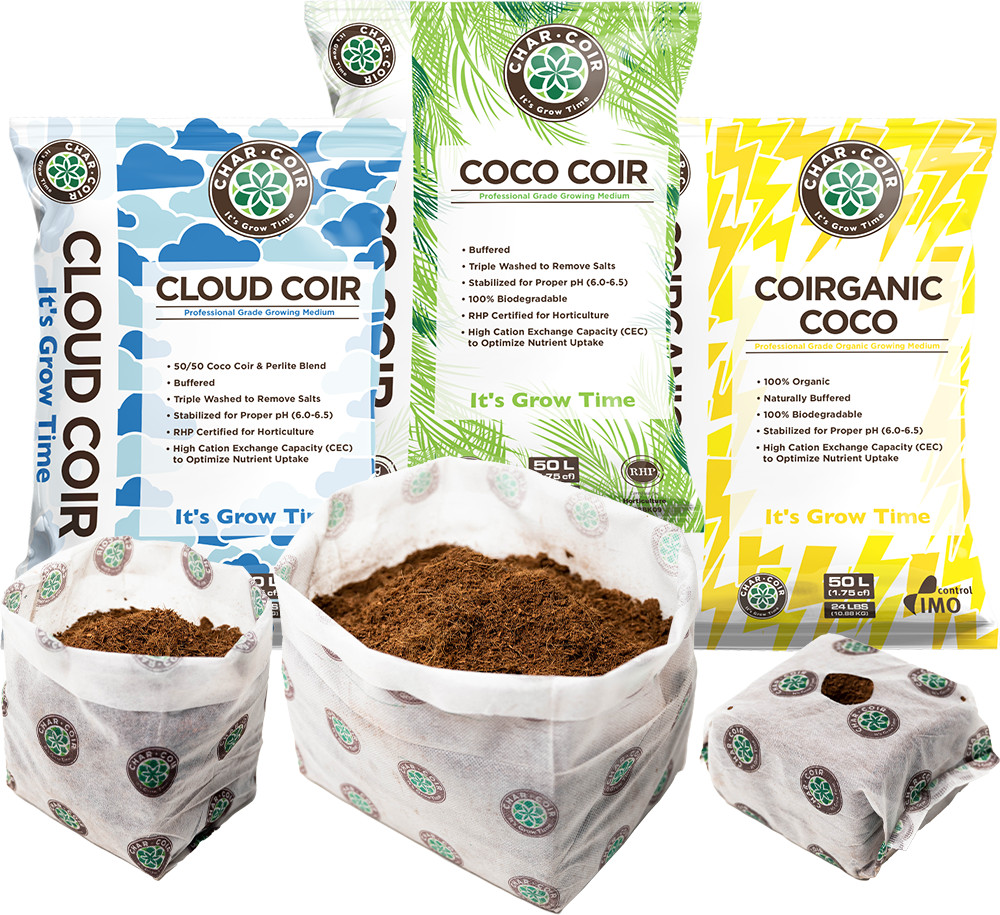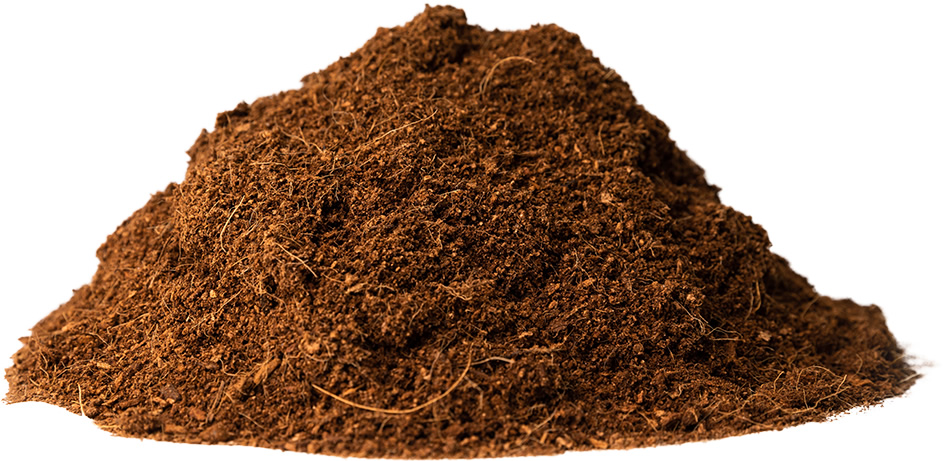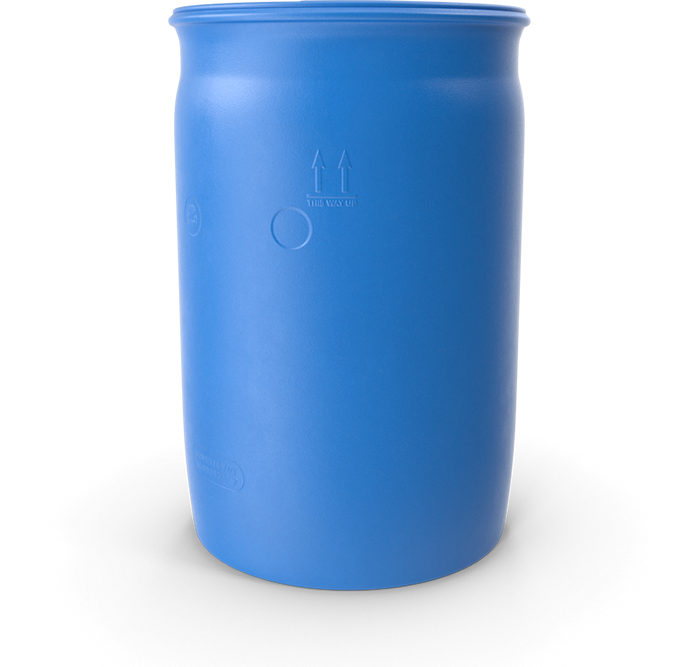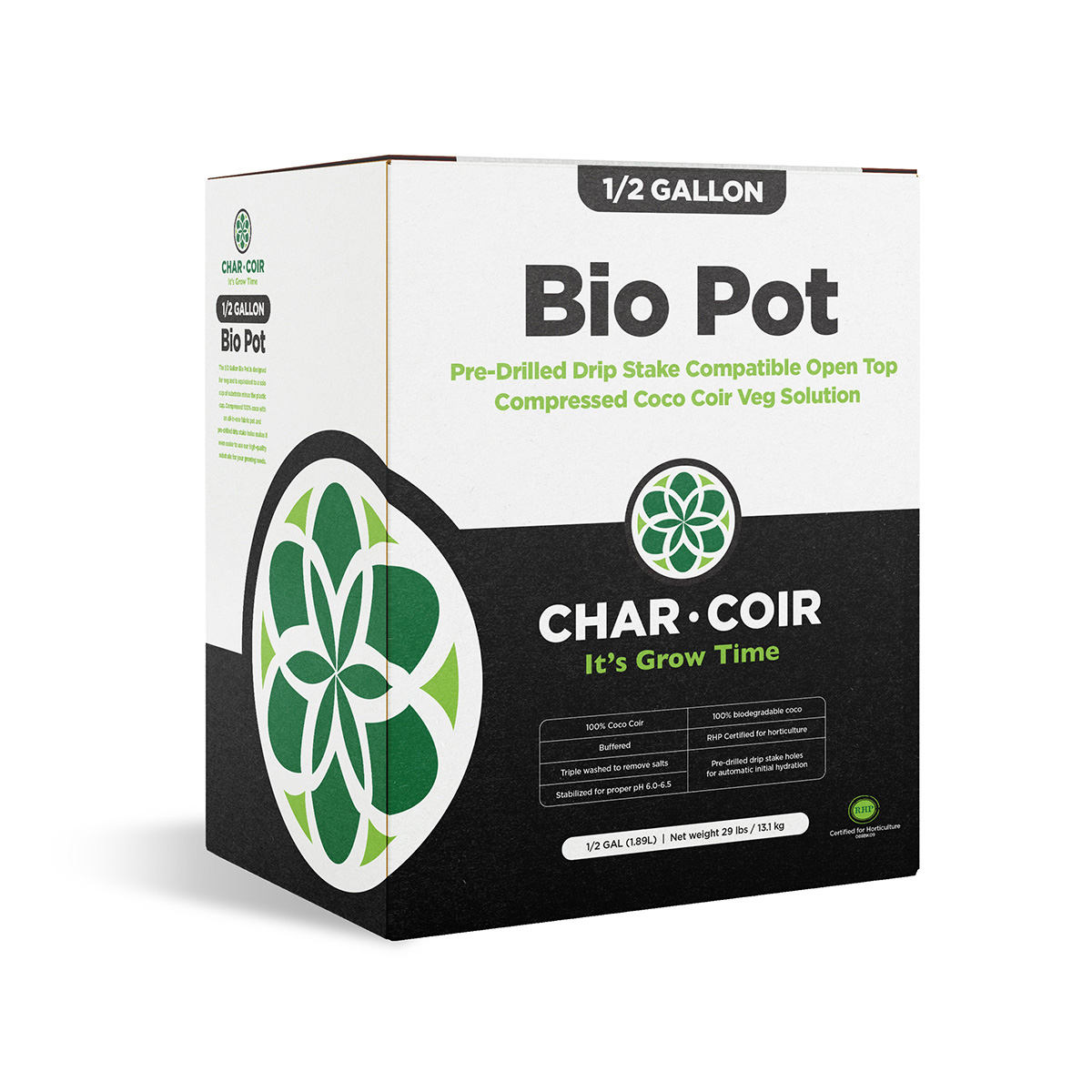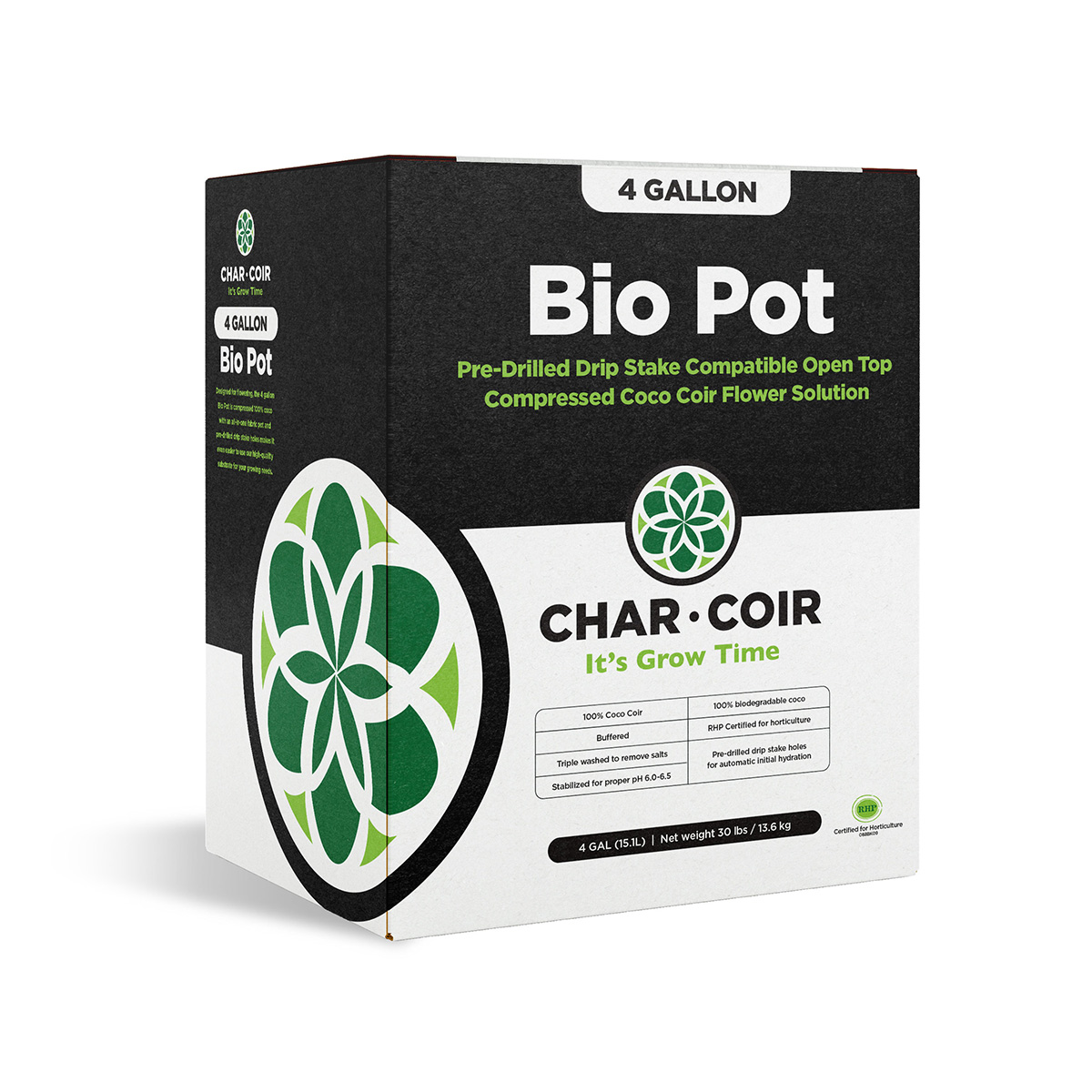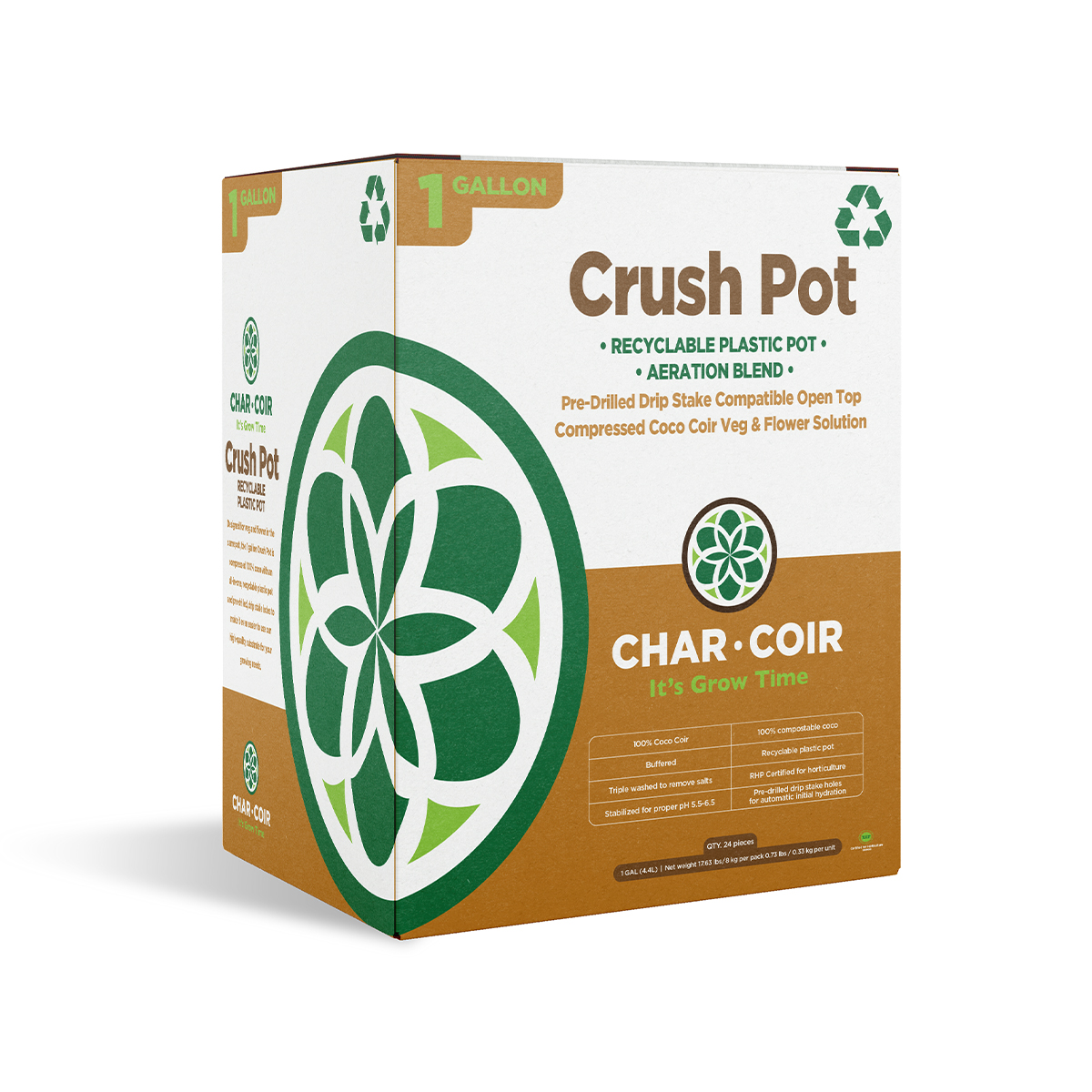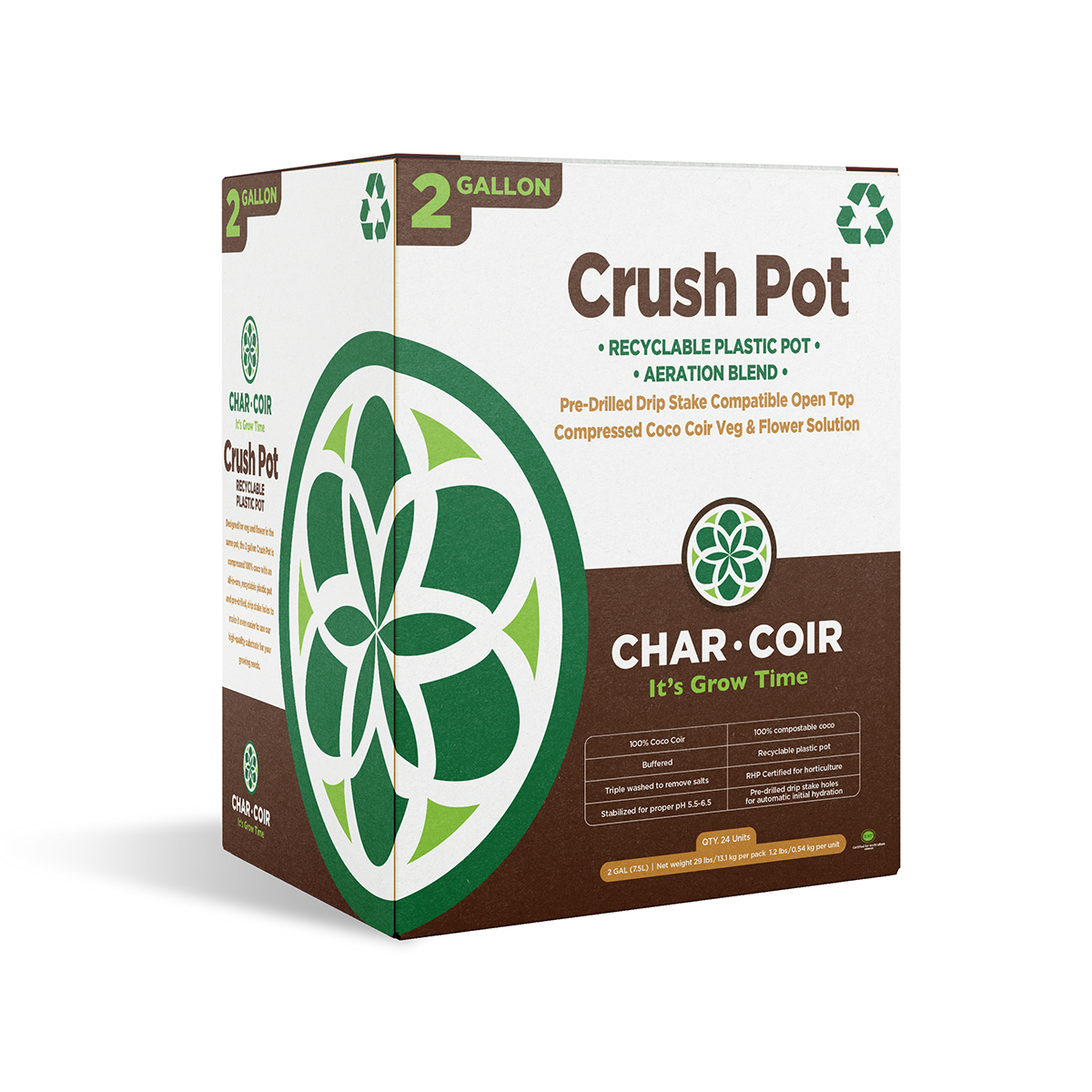This website uses cookies so that we can provide you with the best user experience possible. Cookie information is stored in your browser and performs functions such as recognising you when you return to our website and helping our team to understand which sections of the website you find most interesting and useful.
Cookie Policy
Protecting your personal information is a priority. This Cookie Policy applies to Char Coir’s website at charcoir.com (collectively “the site”) and governs cookie usage. The site is an e-commerce website. By using the site, you consent to the cookie practices described in this Cookie Policy.
What are Cookies?
Like most websites, our websites use cookies to collect information. Cookies are small data files which are placed on your device as you browse our websites. They are used to ‘remember’ when your device accesses our websites. They allow us to remember whether you are logged in to the site and what items you had in your shopping basket. Cookies are essential for the effective operation of our websites and to help you shop with us online. They are also used to tailor the products and services offered and advertised to you, both on our websites and elsewhere.
Information Collected
Some cookies collect information about browsing and purchasing behavior when you access our websites via the same computer or device. This includes information about pages viewed, products purchased and your journey around a website. All data passed by cookies will not contain individual details such as your name, address, telephone number or payment information but may contain our customer reference number that is unique to you or your IP address. For more detailed information about how cookies work, please visit [insert hyperlink to https://www.allaboutcookies.org].
How are Cookies Managed?
The cookies stored on your computer or other device when you access our websites are designed by: us or on our behalf and are necessary to enable you to make purchases on our websites; third parties who participate with us in marketing programs; and third parties who publish web banner advertisements for us.
What are Cookies Used For?
Cookies are used with our marketing partners to present you with appropriate offers and advertising as you browse other sites on the internet, based on your browsing activity while on our site. Cookies also allow us to work alongside our web analytics partner, Google Analytics, to see how you like to use our website, which pages or special functions you prefer and help us to make them better. We may match the data we capture through cookies with personal data that we already hold about you to better understand you. This helps us to continually improve the relevance of our promotional communications, your shopping experience and our products and services. The main purposes for which cookies are used are:
- For functional purposes essential to effective operation of our websites, particularly in relation to online transactions, site navigation and preferences.
- For marketing and advertising, particularly web banner advertisements and targeted updates through digital channels and social media.
- To enable us to collect information about your browsing and shopping behavior, helping us to improve your shopping experience and to monitor performance.
- To enable us to meet our contractual obligations to make payments to third parties when a product is purchased by someone who has visited our website from a site operated by those parties.
To update your cookie preferences, click here [insert link to Cookie Preferences Pop-Up/Page].
Marketing Cookies
We work with partners that serve advertisements or present online offers on our behalf. Most of these marketing partners use both session and persistent cookies. These cookies are used to deliver advertisements more relevant to you and your interests. They are also used to limit the number of times you see an advertisement and to help measure the effectiveness of the advertising campaign.
What Types of Cookies do We Use?
There are several types of cookies that may be used during your visit to our site:
- Session Cookies: Session cookies are deleted after each visit to our site. For example, when you are browsing our site, it will remember you for the duration of your visit, but the cookie will be removed from your computer as soon as you close down your internet browser. Session cookies allow you to add an item to the basket and then move through the checkout. Disallowing these cookies via your web browser will mean you are unable to place an order on this site.
- Persistent Cookies: Persistent cookies remember you for a set period of time, allowing wishlist and/or previously viewed products to be displayed the next time you visit our site and whether you were logged into your account.
- Strictly Necessary Cookies: These cookies are essential so that you can move around the website and use its features. Without these cookies, services you have asked for cannot be provided. These cookies are necessary for the website to function and cannot be switched off in our systems. These cookies do not store any personal information.
- Functional Cookies: These cookies allow the website to remember choices you make to give you better functionality and personal features. These cookies allow the website to remember choices you make to give you better functionality and preferences such as text size, fonts and other customizable website elements. They may also be used to keep track of what products and pages you viewed to avoid repetition. The information these cookies collect will not personally identify you, and they cannot track your browsing activity on other websites.
- Performance Cookies: These cookies help to improve the performance of our website. They help us know which pages are the most and least popular and see how visitors move around the website. All information these cookies collect is aggregated and therefore anonymous. If you do not allow these cookies we will not know when you have visited our website, and will not be able to monitor its performance.
- Security Cookies: These cookies enable and support the website’s security features, and to help detect malicious activity and violations of the website’s Terms of Use.
- Tracking and Performance Cookies: These cookies collect information about how you use our website. For instance, which pages you go to most. This data may be used to help optimize our websites and make them easier for you to navigate. These cookies are also used to let affiliates know if you came to one of our websites from an affiliate and if your visit resulted in the use or purchase of a product or service from us, including details of the product or service purchased. These cookies don’t collect information that identifies you. All information these cookies collect is aggregated and therefore anonymous.
- Targeting and Advertising Cookies: These cookies may be set through our website by our advertising partners. They may be used by those companies to build a profile of your interests and show you relevant advertisements on other websites. They do not store directly personal information, but are based on uniquely identifying your browser and internet device. If you do not allow these cookies, you will experience less targeted advertising.
Turning Off and Deleting Cookies
Most web browsers will provide the option to turn off or disallow cookies. How you do this depends on the web browser you are using. Instructions for disabling cookies can usually be found in the browser's 'Help' menu. Note that in common with most other transactional websites, if you only disable third party cookies, you will not be prevented from making purchases on our websites but refusing the cookies we have used via your web browser will mean that you are unable to make a transactional purchase on our website. You may also find that the functionality of many other websites and services will be affected. Cookies can be deleted using your web browser. However, unless they are disallowed, they will be reapplied the next time you visit a website.
If you want to disable cookies, you need to change your website browser settings to reject cookies. How you can do this will depend on the browser you use. Further details on how to disable cookies for the most popular desktop browsers are set out here (these may vary depending on operating system and browser version):
For Microsoft Internet Explorer:
Choose the menu “Tools” then “Internet Options”
Click on the “Privacy” tab
Select “Advanced”
Choose the appropriate settings
For Google Chrome:
Choose “Settings” and click on “Advanced”
Under "Privacy and Security" click “Content Settings”
Click “Cookies”
For Safari:
Choose Preferences > Privacy
Click on “Block all cookies”
For Mozilla Firefox:
Click on the menu icon then select “Options”
Click on the icon “Privacy & Security”
Find the menu “cookie” and select the relevant options
For Opera 6.0 and further:
Choose the menu icon and select “Settings”
Click on “Privacy & Security”
Choose the appropriate settings
Effective as of March 11, 2024
If you disable this cookie, we will not be able to save your preferences. This means that every time you visit this website you will need to enable or disable cookies again.
California Privacy Rights Policy
The California Consumer Privacy Act and the California Privacy Rights Act (“CCPA/CPRA”) provide California residents with specific rights regarding their personal information. In addition to our Privacy Policy, which can be found by viewing our privacy policy on our site, this California Privacy Rights Policy further describes your CPRA/CCPA rights and explains how to exercise those rights.
Access to Specific Information and Data Portability Rights
You have the right to request that we disclose certain information to you about our collection and use of your personal information over the past 12 months. Once we receive and confirm your verifiable consumer request, we will disclose to you:
- The categories of personal information we collected about you.
- The categories of sources for the personal information we collected about you.
- Our business or commercial purpose for collecting or selling that personal information.
- The categories of third parties with whom we share that personal information for cross-context behavioral advertising.
- The specific pieces of personal information we collected about you (also called a data portability request).
- If we sold or disclosed your personal information for a business purpose, two separate lists disclosing:
- sales, identifying the personal information categories that each category of recipient purchased; and
- disclosures for a business purpose, identifying the personal information categories that each category of recipient obtained.
Deletion Rights
You have the right to request that we delete any of your personal information that we collected from you and retained, subject to certain exceptions. Once we receive and confirm your verifiable consumer request, we will delete (and direct applicable service providers to delete) your personal information from our records, unless an exception applies.
We may deny your deletion request if retaining the information is necessary for us or applicable service providers to:
- Complete the transaction for which we collected the personal information, provide a good or service that you requested, take actions reasonably anticipated within the context of our ongoing business relationship with you, or otherwise perform our contract with you.
- Detect security incidents, protect against malicious, deceptive, fraudulent, or illegal activity, or prosecute those responsible for such activities.
- Debug products to identify and repair errors that impair existing intended functionality.
- Exercise free speech protect the right of another consumer to exercise their free speech rights, or exercise another right provided for by law.
- Comply with the California Electronic Communications Privacy Act (Cal. Penal Code § 1546 seq.).
- Engage in public or peer-reviewed scientific, historical, or statistical research in the public interest that adheres to all other applicable ethics and privacy laws, when the information’s deletion may likely render impossible or seriously impair the research's achievement, if you previously provided informed consent.
- Enable solely internal uses that are reasonably aligned with consumer expectations based on your relationship with us.
- Comply with a legal obligation.
- Make other internal and lawful uses of that information that are compatible with the context in which you provided it.
Correction Rights
You have the right to request that we correct inaccurate personal information about you. We will consider the nature of the personal information and the purposes of the processing of the personal information in responding to your request. We will process your request if we receive a verifiable request, and we will use commercially reasonable efforts to correct the inaccurate personal information as directed pursuant to the CCPA/CPRA.
Your Right to Limit the Use of Sensitive Personal Information
You have the right, at any time, to direct us to limit our use of your sensitive personal information only to that which is necessary to perform the services or provide the goods reasonably expected or to fulfil the reason that we collected such information and/or other permissible business purposes. Sensitive personal information includes:
- Government ID — your Social Security number, driver’s license number, state identification card number, passport number, or other official identifier.
- Financial Information — your financial account log‐in credentials, debit card, or credit card number in combination with any required security or access code, password, or credentials allowing access to an account.
- Geolocation — your precise geolocation.
- Race, religion and union membership — your racial or ethnic origin, religious or philosophical beliefs, or union membership.
- Communications — the contents of your private communications, unless we are the intended recipient of the communication.
- Genetics — your genetic data.
- Biometrics —biometric information processed for the purpose of uniquely identifying you (such as a fingerprint or voice print).
- Health — personal information collected and analyzed concerning your physical and mental health.
- Sexual orientation — personal information collected and analyzed concerning your sex life or sexual orientation.
Generally, we do not collect sensitive personal information from you except for geolocation data. We may use or disclose such sensitive personal information to provide you with products and/or services or direct advertising to you. Also note that this information may be used or disclosed to a service provider or contractor pursuant to a written agreement in order to provide such products and/or services or directed advertising. Note that this right to limit such uses does not apply to sensitive personal information that is collected or processed without the purpose of inferring characteristics about you.
Exercising Your Rights
To exercise the rights described above, please submit a verifiable consumer request to us by either:
- Calling us at (877) 978-1119
- Emailing us at [email protected]
Only you, or a person registered with the California Secretary of State that you authorize to act on your behalf, may make a verifiable consumer request related to your personal information. You may also make a verifiable consumer request on behalf of your minor child.
You may only make a verifiable consumer request for access or data portability twice within a 12-month period. The verifiable consumer request must:
- Provide sufficient information that allows us to reasonably verify you are the person about whom we collected personal information or an authorized representative.
- Describe your request with sufficient detail that allows us to properly understand, evaluate, and respond to it.
We cannot respond to your request or provide you with personal information if we cannot verify your identity or authority to make the request and confirm the personal information relates to you. For all requests, if the information is not already included on the form or website, it is helpful to put the statement “California Privacy Rights” in the body of your request, describe the nature of your request, and provide your name, street address, city, state, and zip code. In your request, you need to provide enough information that allows us to reasonably verify that you are the person that we collected information about. We will not require you to incur any costs or fees to process or provide a verifiable request.
Making a verifiable consumer request does not require you to create an account with us.
We will only use personal information provided in a verifiable consumer request to verify the requestor's identity or authority to make the request.
“Do Not Track” Signals
Some web browsers allow you to set a global “Do Not Track” flag that is visible to websites. We will treat these flags as valid opt-out requests under California law. However, note that these signals are associated with a specific device and will not transfer when you switch web browsers, such as from a laptop to a mobile device. Additionally, we do not keep records that match users to their web browsers or IP addresses. Therefore, you will need to submit a written request to exercise these rights as they relate to your information in our customer records.
Response Timing and Format
We will confirm receipt of a verifiable consumer request within 10 business days and provide information about how we will process the request.
We will provide a response to a verifiable consumer request within 45 calendar days of its receipt. If we require more time (up to 45 calendar days), we will inform you of the reason and extension period in writing.
We will deliver our written response electronically.
Any disclosures we provide will only cover the 12-month period preceding the verifiable consumer request’s receipt. The response we provide will also explain the reasons we cannot comply with a request, if applicable. For data portability requests, we will select a format to provide your personal information that is readily useable and should allow you to transmit the information from one entity to another entity without hindrance.
Selling and Sharing Opt-Out Rights
We may use your personal information to provide you with targeted advertisements or marketing communications we believe may be of interest to you. Because some of the data analytics providers whose collection of information may be considered as the selling and/or sharing of information, as those terms are defined under the law, you can submit an opt-out request.
A consumer or their representative may instead submit a request to opt out of sharing or selling by sending an email to [email protected].
Please note that online opt-outs are device and browser-specific. You may still see personalized ads from us while using a different device or browser, unless you also opt-out using that device or browser.
Please note that some third-party vendors do not respect the U.S. Privacy String [insert hyperlink to https://iabtechlab.com/standards/ccpa/], which is the mechanism we use to communicate your Request to Opt-Out to third parties that collect information via cookies on our website. If you choose, you may also use the Digital Advertising Alliance (DAA) WebChoices Tool to globally opt-out of third-party tracking via website cookies. For more information, see our Cookie Policy [insert hyperlink to Cookie Policy].
Additionally, we do not intend to market to any individual under the age of 18, and we expressly prohibit, anyone under the age of 18 from disclosing or submitting any personal information to us through our Site or other means. Therefore, we do not sell or share any information of any individual under the age of 18.
Once you make an opt-out request, we will wait at least 12 months before asking you to reauthorize personal information sharing for cross-context behavioural advertising or sale. However, you may change your mind and opt back in to personal information sharing for cross-context behavioural advertising and sale at any time by emailing us at [email protected].
You do not need to create an account with us to exercise your opt-out rights. To the extent any information is collected, we will only use personal information provided in an opt-out request to review and comply with the request.
Non-Retaliation/No Discrimination
We will not retaliate or discriminate against you for exercising any of your rights. Unless permitted by law, we will not:
- Deny you goods or services.
- Charge you different prices or rates for goods or services, including through granting discounts or other benefits, or imposing penalties.
- Provide you a different level or quality of goods or services.
- Suggest that you may receive a different price or rate for goods or services or a different level or quality of goods or services.
Accessibility Statement
We are committed to making sure that our website is accessible to everyone. To access this policy in an alternative form, please contact [email protected]. For more information, please see our Accessibility Statement in the other tab on this menu.
Effective as of March 11, 2024
Please enable Strictly Necessary Cookies first so that we can save your preferences!
This website uses the following additional cookies:
Tracking & Performance Cookies
Tracking and performance cookies collect information about how you use our website. For instance, which pages you go to most. This data may be used to help optimize our websites and make them easier for you to navigate. These cookies are also used to let affiliates know if you came to one of our websites from an affiliate and if your visit resulted in the use or purchase of a product or service from us, including details of the product or service purchased. These cookies don’t collect information that identifies you. All information these cookies collect is aggregated and therefore anonymous.
Targeting & Advertising Cookies
Targeting and advertising cookies may be set through our website by our advertising partners. They may be used by those companies to build a profile of your interests and show you relevant advertisements on other websites. They do not store directly personal information, but are based on uniquely identifying your browser and internet device. If you do not allow these cookies, you will experience less targeted advertising.
Please enable Strictly Necessary Cookies first so that we can save your preferences!
Privacy Policy
Protecting your personal information is a priority. This Privacy Policy applies to Char Coir's website at charcoir.com (collectively “the site”) and governs data collection and usage. The site is an e-commerce website. By using the site, you consent to the data practices described in this Privacy Policy.
This Privacy Policy is incorporated into and is a part of the Terms of Use for this site. To access the Terms of Use, click here.
Collection of your Personal Information
We may collect personal information, such as your name, mailing address, telephone number, and products purchased. If you purchase products and services, we collect billing and credit card information. However, we do not process or maintain such data. Our third-party payment processor(s) process such data to complete your transaction. This information is used to complete the purchase transaction.
We may also collect your geolocation for use for geo-targeted advertising and geo-fencing around our and our competitors’ locations.
We may also collect anonymous demographic information, which is not unique to you, such as your age, gender and household income. We may gather additional personal or non-personal information in the future, and if we do, we will update this Privacy Policy as necessary.
Information about your device hardware and software may be automatically collected by us. This information can include, without limitation: your IP address, browser type, domain names, access times, website addresses, session information, and time on site. This information is used for the operation of the service, to maintain quality of the service, and to provide general statistics regarding use of the site. For more information on this collection and use of tracking technologies see “Use of Cookies” section below.
If you communicate with us for any reason, we will collect your name, email address and the content of your message.
We encourage you to review the privacy policies of websites you choose to link to from the site so that you can understand how those websites collect, use and share your information. We are not responsible for the privacy policies or other content on websites outside of the site.
Use and Disclosure of your Personal Information
We collect and use your personal information to operate the site and deliver the services you have requested.
We may also use your personal information to inform you of other products or services available from us and our affiliates. We may also contact you via email and/or text message to complete surveys to conduct research about your opinion of current services or of potential new services that may be offered.
We may share and disclose data with trusted partners to help perform statistical analysis, send you email or postal mail, provide customer support, or arrange for deliveries. All such third parties are prohibited from using your personal information except to provide these services to us, and they are required to maintain the confidentiality of your information.
We may keep track of the pages our users visit within the site to determine what services are the most popular. We may also collect your geolocation for purposes of targeted advertising. This data is used to deliver customized content and advertising to customers whose behavior indicates that they are interested in a particular subject area. If you are a California resident, see the section below titled “California Privacy Rights” for information on opting-out of this tracking and targeted advertising.
We will disclose your personal information, without notice, only if required to do so by law or in the good faith belief that such action is necessary to: (a) conform to the edicts of the law or comply with legal process served on us or the site; (b) protect and defend our rights or property; (c) act under exigent circumstances to protect the personal safety of users of the site, or the public; or (d) to evaluate or conduct a merger, divestiture, restructuring, reorganization, dissolution or other sale or transfer of some or all of our assets, whether as a going concern or as part of bankruptcy, liquidation, or similar proceeding, in which personal information held by us about our site users is among the assets transferred.
We may sell your personal information to third parties as permitted by applicable law, and we may share your personal information with third parties for purposes of targeted advertising. If you are a California resident, see the section below titled “California Privacy Rights” for information on opting-out of the sale and/or sharing of your information.
Use of Cookies, Pixels and Other Tracking Technologies
We may use various technologies, including cookies, tokens, tags, web logs, web beacons, scripts, and web server logs to gather automatically collected information and may aggregate this information from visitors of our website or to enable certain features of our website. We may also use third-party analytics companies to provide these services.
We may also allow third parties to use cookies and other technologies to collect activity information and to track browsing activity over time and across third-party websites such as web browsers used to access the site, which websites are referring traffic or linking to the site, and to deliver targeted advertisements to you. Activity information is captured using various technologies and may include cookies. Cookies are small text files that may be placed on your device when you visit a website. You may disable cookies and similar items by adjusting your browser preferences at any time; however, this may limit your ability to take advantage of all the features on the site.
Additionally, the site works with third-party products and services (“Service Providers”) to offer and present the site to you. These Service Providers may include Google, Facebook, Instagram, Amazon and other Service Providers who help us track and analyze our site user activity, measure the effectiveness of our advertising efforts, and support the optimization of our digital campaigns.
The site uses cookies, tracking pixels and related technologies that are set by us or by Service Providers. The information collected through these cookies and other tracking technologies is stored and retrievable either for the duration of the site visit (known as “session cookies”), or until they are deleted or are set to expire (known as “persistent cookies”).
Examples of information we and Service Providers collect using these technologies may include how often someone visits the site and what they do while on the site. We and Service Providers use this information in the aggregate to understand how our visitors as a group use different resources and to help us improve the site. We and Service Providers also collect information about the activity of individual site users. This information may be used to direct related advertising campaigns and/or informational content to site users when they visit other websites.
Most internet browsers accept cookies by default, but you can modify your browser preferences to block or restrict cookies if you do not want your web browsing activity tracked. To see the specific types of cookies the site uses, click here: [insert hyperlink to Cookie Preferences Pop-Up].
Please note that some cookies are necessary for the site to operate and, as such, cannot be declined. However, such cookies do not collect any personal information. If you choose, you may use the Digital Advertising Alliance (DAA) WebChoices Tool to globally opt out of third-party tracking via website cookies. There are also a variety of other tools publicly available to manage cookies and similar technologies that collect information related to your use of the site. To learn more about cookies and modifying your browser settings related to these cookies you can review guidance from the FTC.
We are not responsible for the effectiveness or compliance of third-party opt-out mechanisms or programs. Please note that if you delete your cookies or upgrade your browser after having opted out, you will need to opt out again. Your opt-out is specific to the browser you are using and the device you use to access the site. Therefore, if you use multiple browsers or devices you will need to opt out on each browser or device. You can access the information on the site without enabling cookies in your browser, but disabling cookies may result in a diminished ability to take advantage of the services and related informational content on the site.
We also use web analytics and tag management services and tools provided by Google and other third parties to collect certain information relating to your use of the site. You can find out more about how Google uses data when you visit our website by visiting here.
Our Service Providers may acquire additional information about your activity on the site, including pages you visit, access times, visit duration, how you arrived at our website and your IP address. An IP address is a number that identifies a device connected to the internet. For most devices, the IP address changes. Service Providers may also acquire device identifiers and specific information about the browser you use. In some cases, this information may be unique to you.
Additionally, the site uses pixels, which are HTML code snippets that are loaded when a user visits a website or opens an email. It is useful for tracking user behavior and activity. With a tracking pixel, advertisers can acquire data for online marketing, web analysis or email marketing. If such data is analyzed in a particular way, the data collected through these pixels can be used for other purposes as well, such as retargeting/behavioral advertising.
For example, we may deploy the Facebook Pixel on the site. The Facebook Pixel may enable Facebook to match site visitors with their Facebook User Accounts. You can find out more about how Facebook collects and uses data by clicking here:
If you’d like to disable these tracking pixels, there are different ways in which you can prevent your data from being collected by tracking pixels, including:
- Set browser and email settings to be as restrictive as possible such that external graphics are only supported after permission, and HTML emails are not supported. Appropriate firewall settings can also be used to do this.
- Some browser extensions can be used to make tracking pixels visible (e.g. PixelBlock, uBlock Origin, HTTPS Everywhere, etc.).
For more information about how targeted advertising works, you can visit the Network Advertising Initiative’s educational page here]
You can opt out of specific third-party targeted advertising by visiting the settings pages of those third parties, such as:
Security
To secure your information, we have put in place commercially suitable physical, electronic, and managerial procedures to safeguard and secure the information we collect on the site. Nonetheless, the transmission of information via the internet is not completely secure and we cannot guarantee the security of data sent to us electronically on the site. Transmission of such data is therefore entirely at your own risk.
Users Only of Legal Age of Majority
The site is designed and intended for those who have reached the age of majority (18 years of age). By using the site, you affirm that you are at least 18 years of age or older. We are not liable for any damages that may result from a user’s misrepresentation of age.
We do not knowingly collect personal information from children under the age of 13. No one under age 13 is authorized to submit or post any information, including personal information, on the site. Under no circumstances may anyone under age 13 use the site. Parents or legal guardians of children under 13 cannot agree to these terms on their behalf.
Opt-Out & Unsubscribe
We respect your privacy and give you an opportunity to opt out of receiving announcements of certain information from us. Users may opt out of receiving any or all communications from us by contacting us here:
- Email: [email protected]
- Phone: (877) 978-1119
You may also opt out of receiving text messages from us pursuant to the instructions in the text you received, and you can unsubscribe from our marketing emails by clicking on the unsubscribe link in the email.
Changes to this Privacy Policy
We will occasionally update this Privacy Policy to reflect company and customer feedback, as well as changes in applicable legal requirements. We encourage you to periodically review this Privacy Policy to be informed of how we are protecting your information. If we materially alter this Privacy Policy, we will notify you of such changes by posting a notice on the site. Your continued use of the site will be deemed your agreement that your information may be used in accordance with the new policy. If you do not agree with the changes, then you should stop using the site, and you should notify us that you do not want your information used in accordance with the changes.
California Privacy Rights
If you are a resident of California, you have the following rights under the California Privacy Rights Act/the California Consumer Privacy Act (“CPRA/CCPA”):
- to know what categories of personal information about you we have collected and used, including how the personal information was collected;
- to know what categories of personal information are being sold or disclosed, and if it is being sold or disclosed to third parties and a list of categories of information that are sold, or, if applicable: to know that your personal information has not been sold;
- to opt out of the sale and/or sharing of your personal information;
- to access your personal information, including the right to download or transfer personal information collected during the previous 12 months;
- to request that your personal information be corrected;
- to request that we limit our use of your sensitive personal information;
- to request that your personal information be deleted;
- to request that we not use your personal information for cross-context behavioral advertising; and
- to equal service and equal price for goods or services even if you exercise your rights under the CPRA/CCPA.
If you are a California resident, you may request to opt-out of the sale of your personal information and/or sharing of your personal information for cross-context behavioral advertising.
If you are a California resident and you want to exercise any of your rights as set forth above, please contact us at (877) 978-1119 or [email protected]. For all requests, it is helpful to put the statement “California Privacy Rights” in the body of your request, describe the nature of your request, and provide your name, street address, city, state, and zip code. In your request, you need to attest to the fact that you are a California resident and provide a current California address for our response.
We will not discriminate or retaliate against you for exercising any of your CPRA/CCPA rights. Unless permitted by the CPRA/CCPA, we will not:
- Deny you goods or services.
- Charge you different prices or rates for goods or services, including through granting discounts or other benefits, or imposing penalties.
- Provide you a different level or quality of goods or services.
- Suggest that you may receive a different price or rate for goods or services or a different level or quality of goods or services.
Accessibility Statement
We are committed to making sure that our site is accessible to everyone. For more information, please see our Accessibility Statement in the tabs above.
Contact Information
We welcome your questions, complaints or comments regarding this Privacy Policy. If you believe that we have not adhered to this Privacy Policy, please contact us by mail, email or telephone as follows:
5619 DTC Parkway
Suite 900
Greenwood Village, CO 80111
Email: [email protected]
Telephone: (877) 978-1119
Effective as of March 11, 2024

